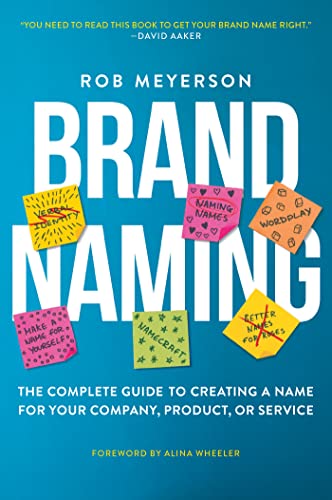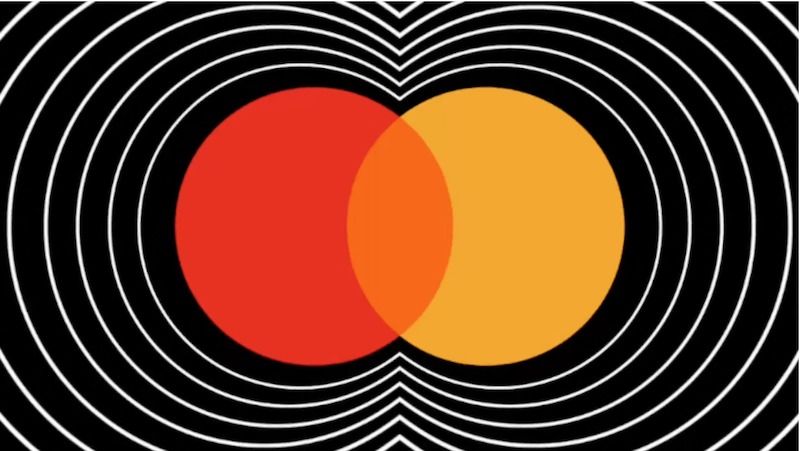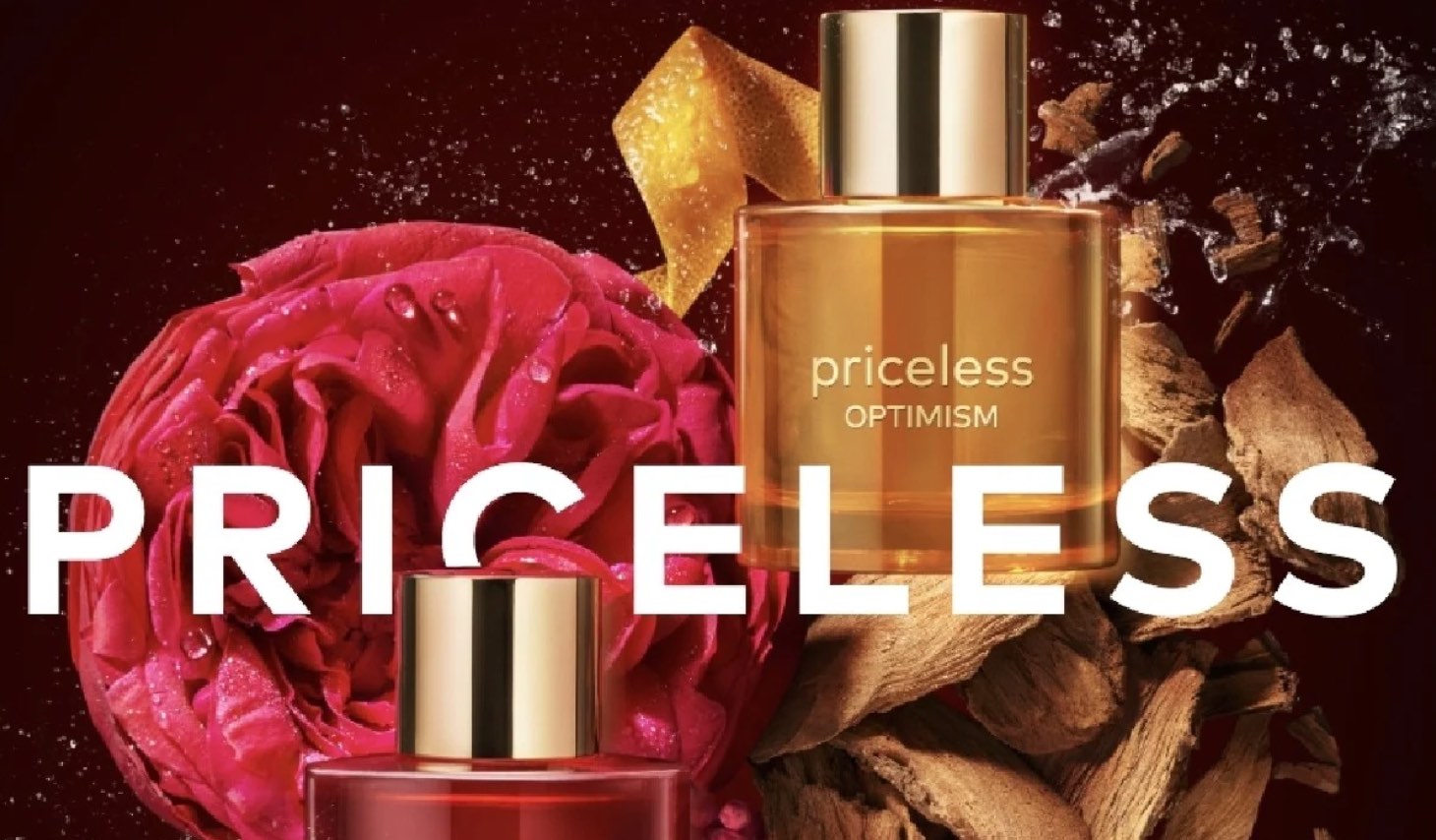What should marketers know about brand extensions, and the role of their brand meaning in shaping their decisions about how far they can stretch their brand? We all know about the many failures of brand extensions, so how do you avoid them?
The key is always to understand the esSense of your brand and what it means to customers. Successful brand extensions are able to leverage a brand’s esSense, while many unsuccessful brand extensions simply don’t fit with what the consumer already knows about your brand.
Does anyone remember Colgate Kitchen Entrees? This was a line of frozen food products launched by Colgate in the USA in 1982. Similarly, Frito-Lay lemonade, Jack Daniels beer, Ponds toothpaste and Coors water al seemed like good ideas at the time, but ultimately don’t fit with the core brand esSense. For example, Colgate means oral hygiene, not food.
Does Dove mean real female beauty or stand for something more abstract? Only time will tell, but many (including myself) question whether Dove for Men will eventually weaken the overall brand.
Other brand extensions make much more sense in terms of the core brand. Crest launching home whitening kits, Cadbury launching drinking chocolate and Gillette broadening their franchise into male grooming all make sense.
So what factors should you consider when deciding about a brand extension? The start point should always be the main associations that your customers have with the brand. There are different ways to look at brand associations, in terms of the associations with specific contexts and occasions and also the specific brand assets that your brand holds.
As Jenny Romaniuk and Byron Sharp argue, that one of the most important is the category entry point (CEP) for your brand. That is, which purchase situation, consumption situations, environmental cues, social contexts, immediate needs and benefits trigger someone to think of your brand? These can be simplified into the questions Why, When, Where, With whom and With what. Big successful brands generally have a much wider range of CEPs than smaller niche brands.
Another way to think about this is in terms of brand assets. Brand assets can be as simple as the contoured shape of a Coca-Cola bottle or the white typescript on the bottle or can. But brand assets can also extend to deeper levels of brand esSense (such as the story and human value behind the brand). In the case of Coca-Cola, that might be its association with a happy-go-lucky, innocent and happy mood state (the Idealist archetype in the StoryWorks model).
Mark Batey argues that brands with deeper, more symbolic and and more values driven associations often find it easier to extend the brand into distant categories, while those whose main associations are more functional or objective struggle to extend beyond their immediate category or at best adjacent categories.
To go back to Dove for Men, if the brand’s strongest associations are with female beauty then Dove for Men may struggle to capture strong mental associations. However, if the value-driven and symbolic associations predominate, for example, the values of nurture and care, and the brand leverages these values to male beauty then this brand extension may be more successful (and certainly more successful than Dove toothpaste).
So always ask, what is my brand esSense and can the values of my brand support the brand extension I plan? If you would like to know more about brand esSense and building meaning into your brand, please get in touch
REFERENCES
Brand esSense by Neil Gains
How Brands Grow Part 2 by Romaniuk & Sharp
Brand Meaning by Mark Batey
[This article was originally published in April 2016 at inspector insight.com.]





